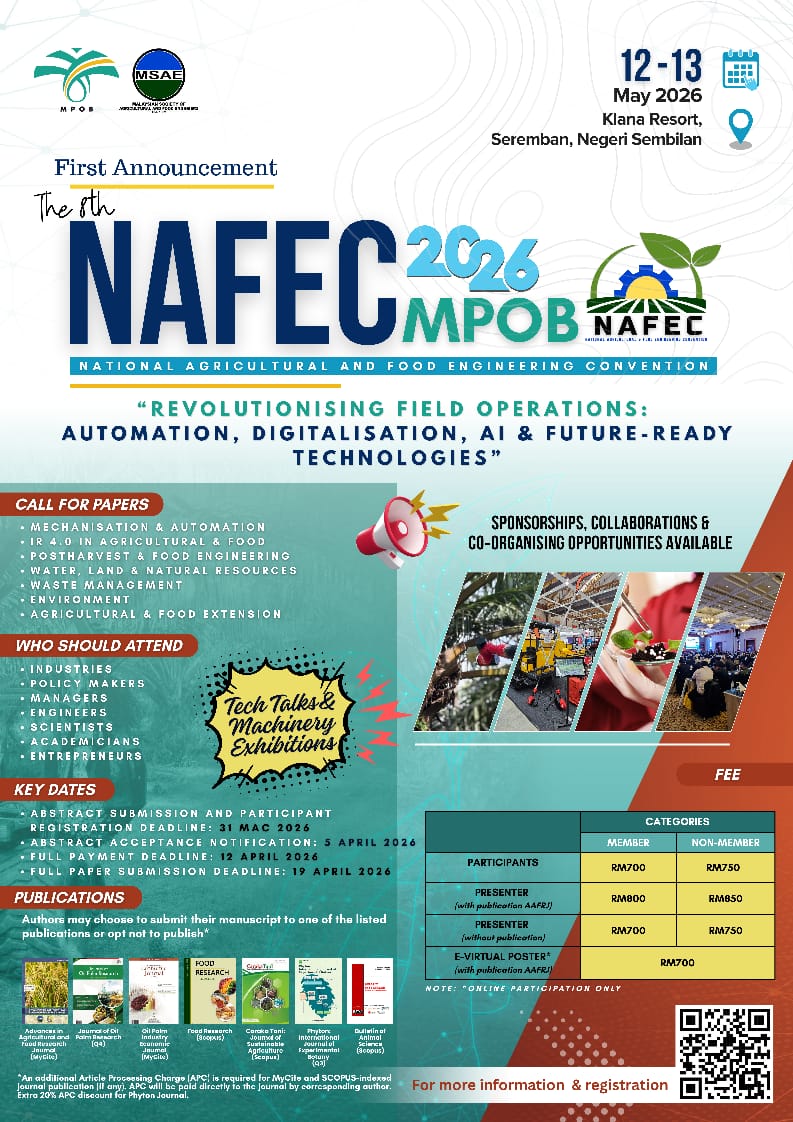The Importance of Ammonia Removal Process in Aquaculture Systems — Towards Improving Malaysian Aquaculture Production
DOI:
https://doi.org/10.36877/aafrj.a0000492Abstract
Due to natural resource limitations, fish production must sustainably increase. Rather than adding more areas and water to increase fish production, increased intensity of production per area is a more appropriate method. To increase production intensity, one of the main priorities that has become a continuous challenge during farming operations is maintaining good water quality, the first defence mechanism to secure fish growth and health in aquaculture systems. Other inventions related to fish husbandry, feed technology, and health, such as vaccines and probiotics development, are tested and implemented in the production systems, further emphasising the importance of water quality. Water quality determines system carrying capacity, further determining the maximum production a system can achieve. Ammonia is one of the most harmful wastes that must be managed in an aquaculture system. The capability of managing ammonia could increase systems’ carrying capacity tremendously, especially in super-intensive systems. This article discusses available methods of ammonia removal applied in biofloc technology, recirculating aquaculture system (RAS), aquaponic system and green water technology. The critical water quality parameters to be monitored for each method are briefly reviewed. In methods like these, biological processes for ammonia removal are pivotal. Therefore, adopting the appropriate engineering approach to support the biological processes is essential to improving ammonia removal performance.
Downloads
Published
How to Cite
Issue
Section
License
Copyright (c) 2024 Norulhuda Mohamed Ramli, Clement R. de Cruz , Dipika Roy Prapti

This work is licensed under a Creative Commons Attribution-NonCommercial 4.0 International License.
Author(s) shall retain the copyright of their work and grant the Journal/Publisher right for the first publication with the work simultaneously licensed under:
Creative Commons Attribution-NonCommercial 4.0 International (CC BY-NC 4.0). This license allows for the copying, distribution and transmission of the work, provided the correct attribution of the original creator is stated. Adaptation and remixing are also permitted.

This broad license intends to facilitate free access to, as well as the unrestricted reuse of, original works of all types for non-commercial purposes.
The author(s) permits HH Publisher to publish this article that has not been submitted elsewhere.

.png)

.jpg)



